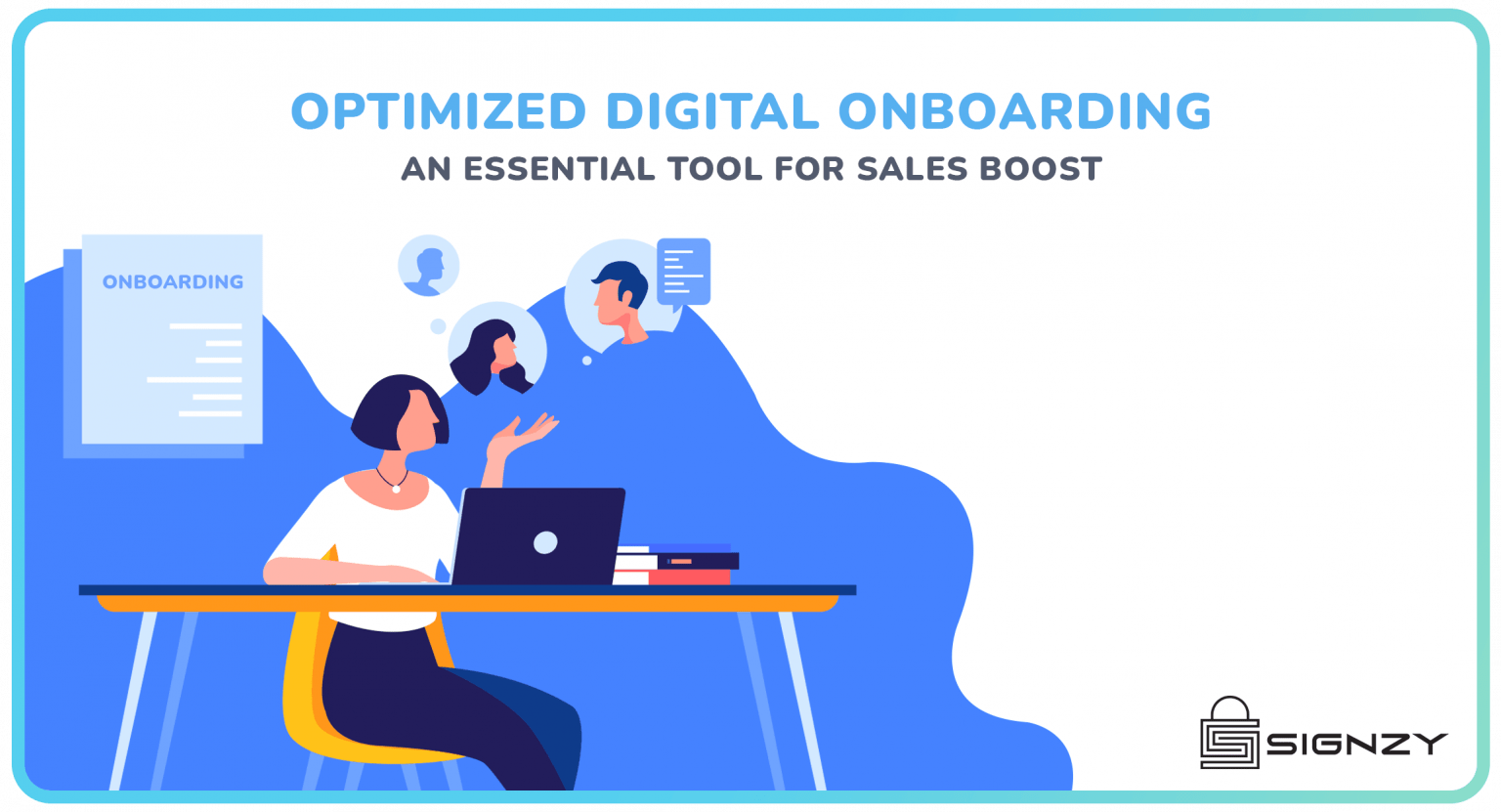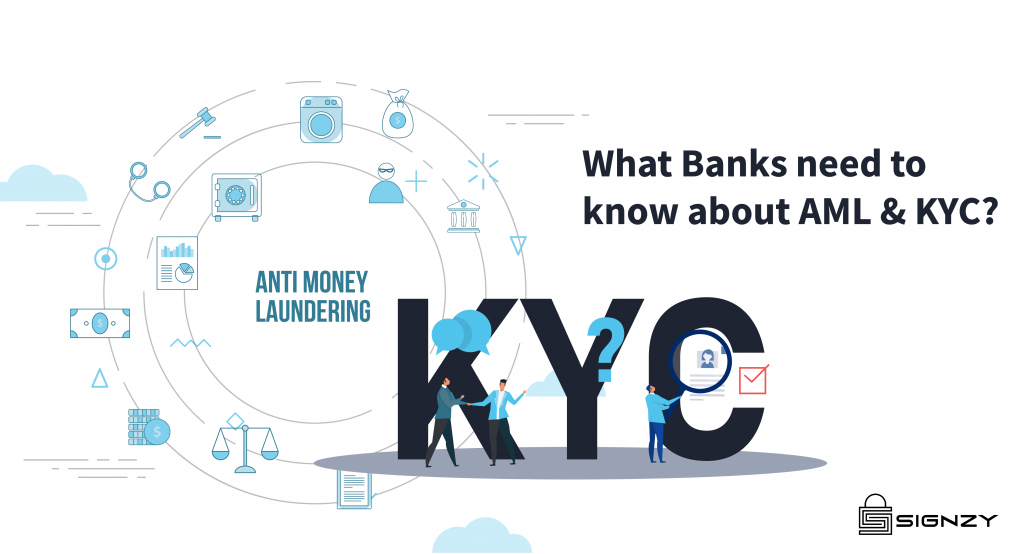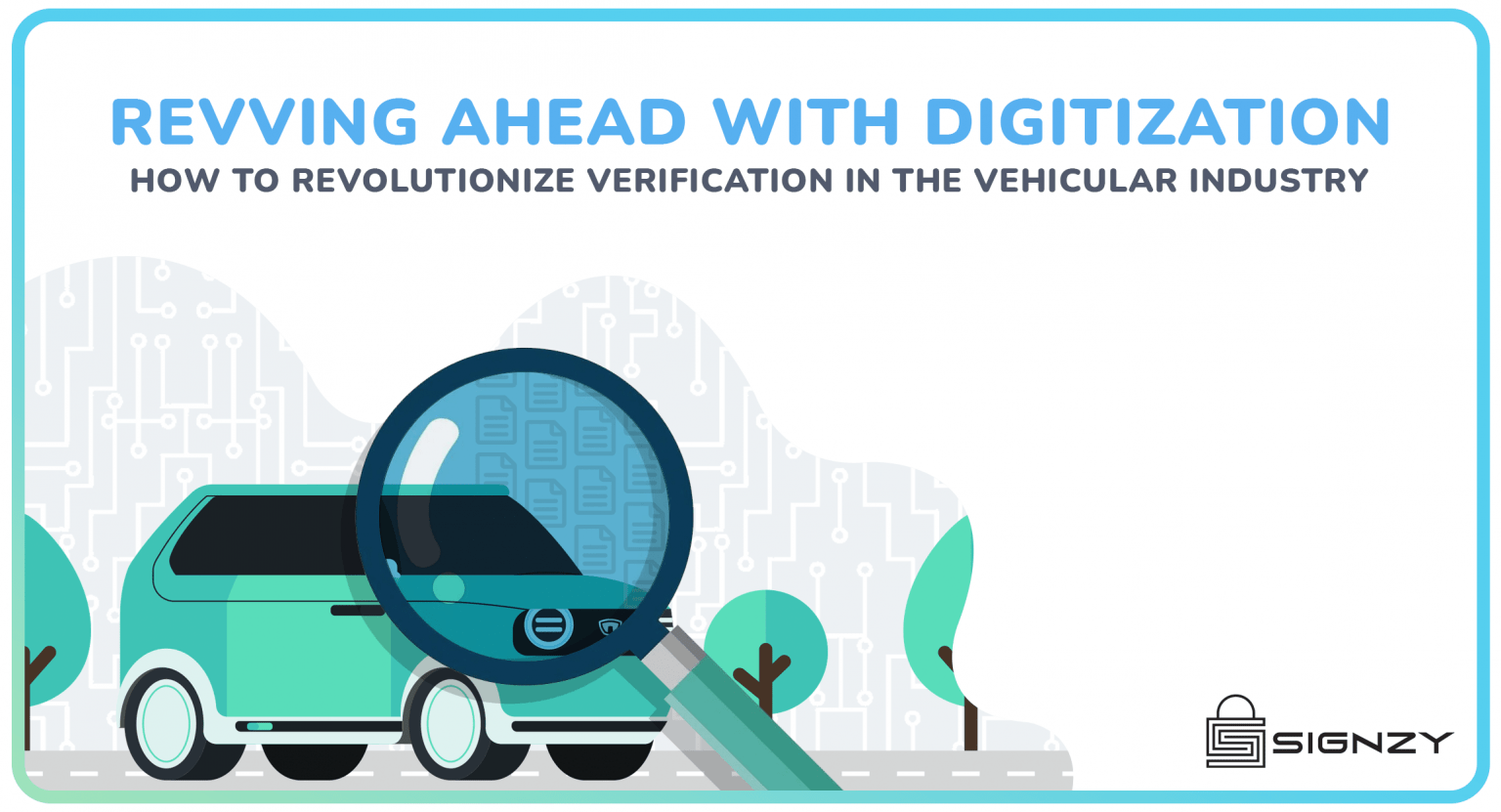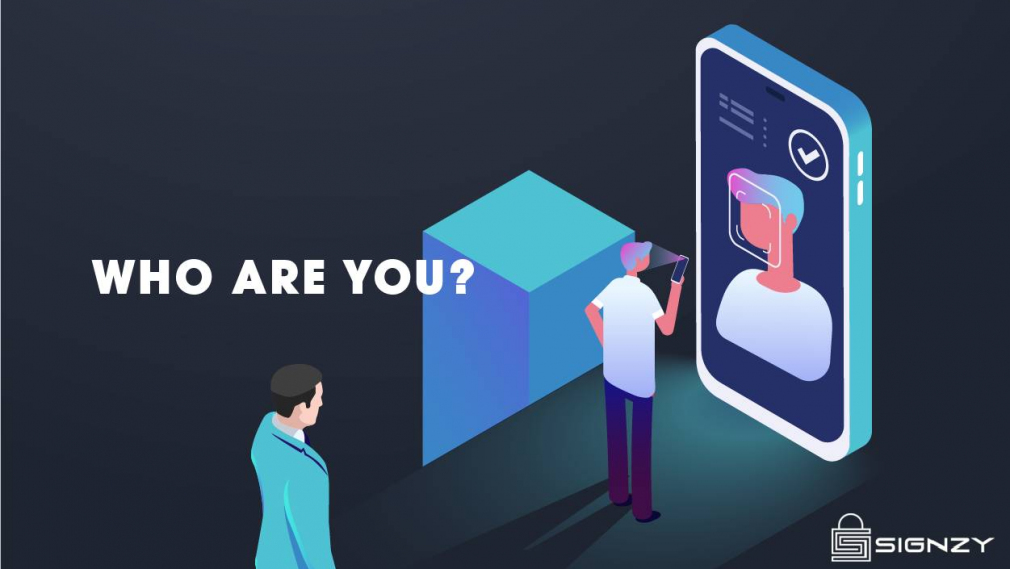Customer Onboarding is a crucial aspect of business development. But what executives miss out on is the fact that it can help their salesforce as well. 89% of customers reported that they would pay more for companies with better customer onboarding processes, according to a recent study by Forrester Research.
Highly engaged customers buy 86% more than unengaged customers. Onboarding is an effective way to attract user interest. Efficient customer onboarding paves ways to develop a loyal customer base. Innovative institutions find methods to improve their existing systems. This article takes a look at how Digital Onboarding affects customer engagement and how we can use it to drive sales.
Customer Onboarding and its effect on Sales
New customers need a stepwise process to guide them to set up and use your product or service. Customer onboarding resolves this need. It takes the customer from the initial sign-up to activation of the product and use. This helps in delivering value as early as possible to the customer. Good customer onboarding ensures setting the TAT(turn around time) to a minimum while covering all the important information useful for the customer.
As each enterprise has different modes of processing, there are different types of customer onboarding. They are the following:
- On-Site Customer Onboarding is the traditional form of onboarding. The customer approaches a physical store,office, or branch with proof of identity and other documents. The process primarily involves physical entities with a high TAT. A study from HubSpot cites 63% of customers finding this type of onboarding very inconvenient.
- Hybrid Customer Onboarding uses the digital documents companies offer to the customers. These forms are filled in online and then submitted physically to the concerned office or branch. Even though an improvement upon the traditional method of onboarding, it is still far from deeming a convenience for customers.
- Digital Onboarding of the customers is a completely digitized process. Customers do not need to visit an office or branch. They can complete the process online from any place of their choice. This does not compromise the safety, guarantee, or credibility. The process is also called Online Onboarding or Remote Onboarding.
Sales are influenced by numerous factors, but the onboarding process profoundly affects sales. What most salesforces miss out on is that closing a sale does not necessarily guarantee a completed onboarding process. It certainly does not guarantee the retention of the customer. The processes and services like customer onboarding following a closed sale are equivalently relevant.
A convenient, swift, and reliable customer onboarding process provides the customer with a delightful experience. It increases the chances of further business and retention. If the customer onboarding ensures all important data points are covered for the customer, later processes can retrieve saved information making them faster and easier to navigate.
In essence, customer onboarding helps improve the quality of obtained customers. It builds trust and preference among the customers. With almost all institutions digitizing their onboarding processes, the competition to improve customer onboarding is cutthroat. Improving even the slightest details in the onboarding process brings forth beneficial outcomes.
Challenges of Digital Onboarding
With the advancements in technology, it is clear that digital onboarding trumps conventional modes of onboarding. It is faster and more secure than its predecessor processes. Yet even digital onboarding has challenges to address and resolve. Some of them include:
- The transition from physical to digital platforms
- Minimizing friction in the process
- Changes in Regulations
- Avoiding technological stagnation
- Data Management
Newer customers from older generations find it difficult to understand and process digital onboarding. The transition from physical onboarding to remote and online onboarding is difficult for individuals unfamiliar with newer technology. This demands attention from the onboarding platform.
In the age of information, most people will not wait for delays in processes. If the customers face friction in the onboarding process, they might abandon the journey. Drop-off rates can be as high as 75% during onboarding. It might even end up in customers opting for services from other providers. A churn rate of 5% is expected usually. As much automated as the process may be, there is always a chance of a need for manual intervention. The platform must keep this intervention to a minimum. These hurdles need resolution in the digital onboarding process.
The advancing technology demands that the installed process be updated. We can not expect to install an onboarding process and let it be. It requires constant updates and additional plug-ins to improve. This coupled with the frequent changes in regulatory guidelines ensures that we must avoid technological stagnation.
Many institutions incorporate KYC and AML processes into the journey. This makes it easier for the customer as the whole process will cover multiple requirements. The data is obtained more readily. The obtained data should be stored with high-security measures. This is to avoid all forms of fraud and scams.
Optimized Digital Onboarding- The Boon to Boost Quality Sales
Having a digital onboarding solution is not enough in the prevalent competitive ecosystems. Institutions need to up their games by giving customers the most seamless and fast onboarding journey possible. This is not possible without taking into account the areas of improvement a generic digital onboarding solution has.
Onboarding is not a hurdle for the business, but rather a kit of tools to improve the number of quality sales. If optimized aptly, digital onboarding will increase customer retention and in the long run, overall sales. This is possible only if certain factors are addressed and utilized. They include:
- TAT- Turn Around Time
- Processing Friction
- Regulation Compliance
- Automation Quality
- Technological Adaptability
- Security and Risk Management
A reduced TAT and swift processing encourage customers to begin the onboarding journey. It decreases the activation energy for them. Indeed, what once used to take days or weeks to complete with manual intervention is now done in hours or minutes with digital onboarding. But, even this is further reduced with optimization. Schmick APIs and resources do not just look good but do this. TAT is reduced with better user experience initiatives and quality technology.
User experience and interface design have advanced to an immense degree. This makes the processing friction during the onboarding journey minimal. Unnecessary and cumbersome steps in the process are eliminated without compromising any compliance guidelines. All regulatory compliance measures are updated and integrated into the system. Frequent changes in guidelines are not a problem.
Quality automation and adaptable technology ensure no unprecedented roadblocks. Good technology is good when it goes uninterrupted. With newer machine learning(ML) methods and artificial intelligence(AI), decision-making and rule engines are advanced. They help prioritize necessities and eliminate unnecessary steps.
To prevent fraudulent activities, efficient safety measures are installed. Security becomes a prime concern when the risk is high. Thus, good onboarding resources implement proper risk analysis and management. As all this will be monitored by authorities, compliance is most certainly uncompromised.
These factors drive the customer to establish a healthy and dependable relationship with the enterprise. It helps in customer retention and even newer customer acquisition. Sales increase in numbers when the effort to be invested is minimal. 86% of customers prefer a good onboarding experience over a detailed education on services after they have bought it. 63% of customers demand quality support post-sale and during onboarding. It is the reason they would even consider making the decision. It is also interesting to note that it costs between 5 to 2 times more to acquire a new customer when compared to retaining one.
Hence, a good sale does depend on what comes after. The cretaceous strategies of sales are behind. Customers are aware and demand good products and services with efficient support. A good customer onboarding process not only makes the customer feel good but independent.
Benefits of Optimized Digital Onboarding
Some of the major benefits of Optimized Digital Onboarding include:
- Reduced TAT- Processing time is considerably reduced
- Minimal Processing Friction- With an emphasis on details, processing friction is minimized by eliminating unnecessary steps and procedures.
- Improved Regulation Compliance- frequently changing regulatory guidelines are no longer a concern. Technology-based compliance is also updated and effective.
- Quality Automation – State-of-the-art AI with efficient digitization helps improve the overall process.
- Adapting Technology- All backend features are updated regularly to not fall behind in progress.
- Fortified Data Security- Customer data is highly secure with quality safety protocols and data management. Sufficient focus is given for fortification.
- Risk Management- All customer-based risk is managed with priority categorization.
How Can Signzy Help?
It is only sensible to conclude that mere digital onboarding is insufficient to meet today’s customer demands. More optimized processing breeds better sales results and overall experience. But then the major question follows, how do we select the right service provider for Digital onboarding and other processing that can help your business?
We at Signzy, can certainly help you improve your business. Being one of the pioneers in financial and regulatory technologies, Signzy provides you with resources that make processes easier. Our Digital Onboarding solution stays ahead of the curve with prime technology while maintaining a focus on sales boosts too. With an impressive quiver of products and services, we provide you with extremely customizable solutions. These include our suite with 240+ APIs and AI-based resources.
About Signzy
Signzy is a market-leading platform redefining the speed, accuracy, and experience of how financial institutions are onboarding customers and businesses – using the digital medium. The company’s award-winning no-code GO platform delivers seamless, end-to-end, and multi-channel onboarding journeys while offering customizable workflows. In addition, it gives these players access to an aggregated marketplace of 240+ bespoke APIs that can be easily added to any workflow with simple widgets.
Signzy is enabling ten million+ end customer and business onboarding every month at a success rate of 99% while reducing the speed to market from 6 months to 3-4 weeks. It works with over 240+ FIs globally, including the 4 largest banks in India, a Top 3 acquiring Bank in the US, and has a robust global partnership with Mastercard and Microsoft. The company’s product team is based out of Bengaluru and has a strong presence in Mumbai, New York, and Dubai.
Visit www.signzy.com for more information about us.
You can reach out to our team at reachout@signzy.com
Written By:

Signzy
Written by an insightful Signzian intent on learning and sharing knowledge.








